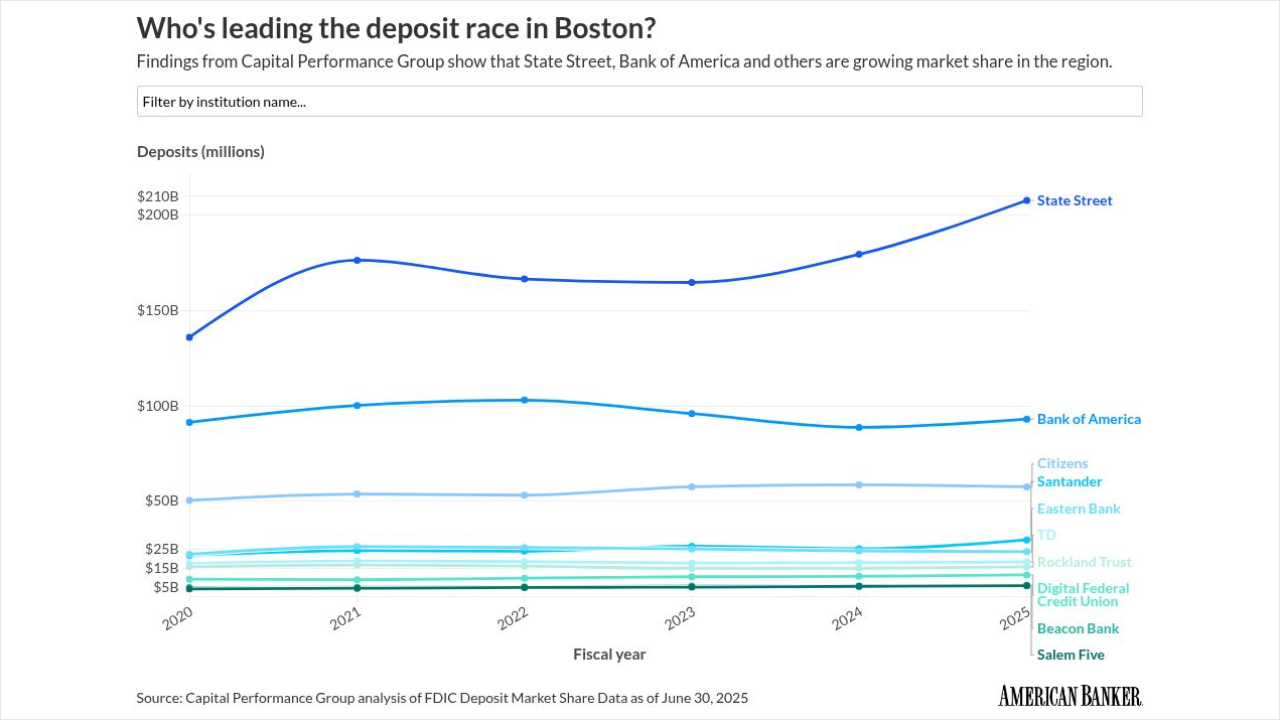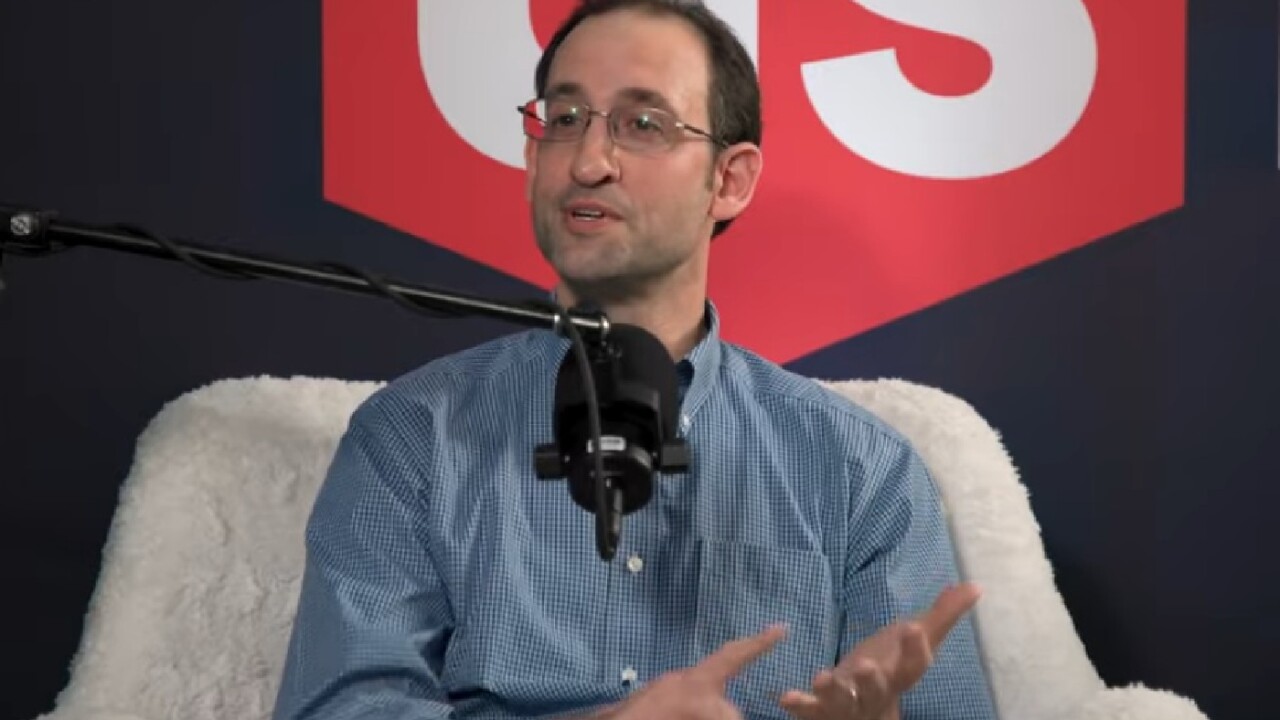
TD Bank has shrunk its U.S. business by $48 billion since it was hit with an asset cap last October, as the Canadian megabank makes room on its balance sheet for growth in more promising lines of business.
The Toronto-based TD has completed its planned sell-off of $25 billion worth of securities, and it has run off about half of the roughly $35 billion of U.S. loans it has slated to shed. The efforts have taken the bank's stateside assets down to $386 billion.
TD had previously said that it
The bank has been
Leo Salom, president and CEO of TD's unit south of the border, said the bank moved out of areas that weren't as accretive to its return on equity, or where the bulk of its loans were from standalone relationships.
Offloading a chunk of U.S. loans creates
"With this asset reduction, the U.S. retail segment could grow core loans at a rate consistent with our historical performance through the medium term without breaching the asset limitation," he said on TD's Thursday earnings call.
The bank won't hit an inflection point for U.S. loan growth for at least another year, as it expects to spend most of 2026 trying "to get to the fighting weight size for the U.S. business," Salom said.
TD's U.S. balance-sheet restructuring efforts since October have resulted in after-tax losses of $1.4 million. Total losses from the strategy should eventually land around $1.5 billion, the bank said, but the restructuring should also benefit TD's net interest income and return on equity in the long term.
Salom declined to give projections for U.S. return on equity until the bank's investor day at the end of September. But CEO Raymond Chun pointed to "momentum" in the unit.
TD's U.S. business logged $695 million in quarterly net income after excluding the balance-sheet restructuring efforts. The results were based primarily on overall operating results, not the benefits of fixing up its securities portfolio, Salom said.
John Aiken, an analyst at Jefferies, wrote in a note that TD's third quarter was "arguably not as impressive as some of its peers," but the bank has had a strong year-to-date run, and "additional upside is still available." He added that the bank's results from the U.S. are encouraging, despite a heavy lift ahead.
"We believe that there should be earnings growth for the segment moving forward as remediation expenses normalize and the platform benefits from restructuring, despite management indicating that the inflection on loan growth may have to wait until closer to the end of 2026," Aiken wrote.
TD's balance-sheet restructuring is just one piece of its reparations for facilitating the laundering of hundreds of millions of dollars in dirty money through U.S. branches. After its historic risk-management blunders, the bank's U.S. arm agreed to pay more than $3 billion in fines to law enforcement and regulatory agencies.
For the last year-plus, the bank has been resolute that its top priority is fixing its U.S. risk-management controls. On Thursday, TD reiterated that it will
Still, he said, the bank is hoping certain
"While we still will have elevated remediation expenses, somewhat in line with what we've seen in 2025, you'll start seeing the benefit of the productivity efforts that we've announced in previous calls, and just the deliberateness around the choices that we're making," Salom said. "Productivity is important because we want to continue to not only remediate, but also invest in the franchise in those areas that we think have significant growth."
In the third quarter, the bank launched a new transaction monitoring system using machine learning,





